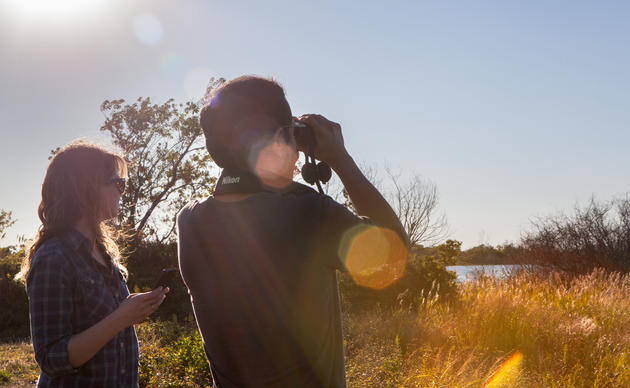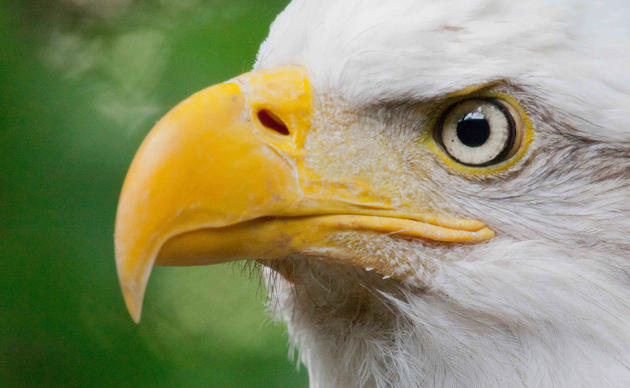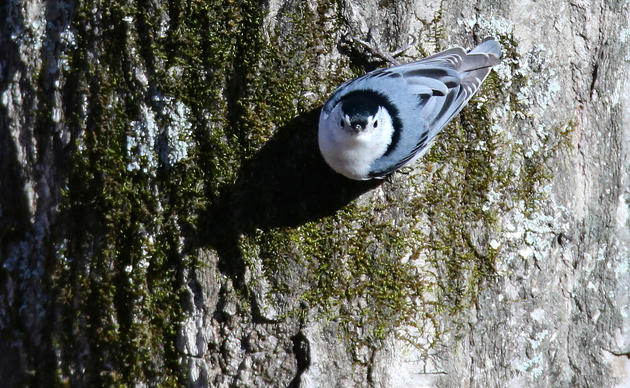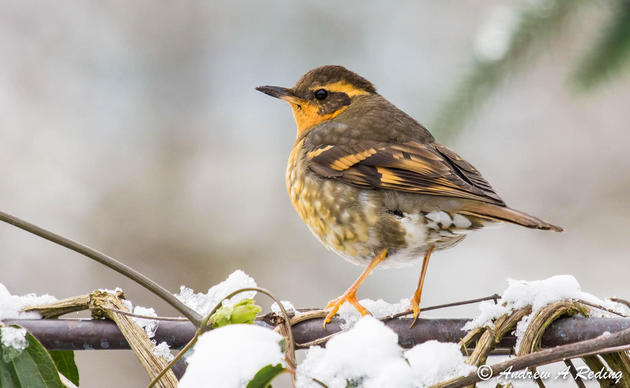Chapter Conservation Action
Conserving Water, Preserving Birds
Members of Kittitas Audubon Society were so inspired by the Audubon Birds and Climate Report that the chapter formed a special Climate Change Committee to focus attention and efforts toward this alarming new challenge. As part of their work, the committee developed and is working to implement a locally important Conserving Water, Preserving Birds initiative involving local vegetation specialists and fire professional input. The chapter has written a regionally specific best practices guide for creating habitat that is simultaneously bird-friendly, water-conserving, and also fire-wise. This resource will help guide neighborhood, school, and city landscaping efforts, and is relevant across the entire shrubsteppe landscape of Eastern Washington.
- Using Native Plants to Preserve Birds and Protect Homes Under a Changing Climate Scenario (Best Practices Guide)
- Using Native Plants in Fire-prone areas of Eastern Washington (Brochure)
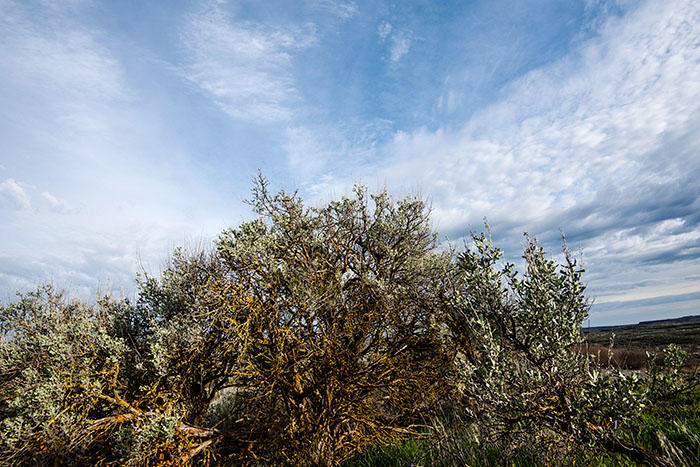
Barn Owl Nest Box Project
In an effort to boost the climate-threatened Barn Owl population and decrease the use of rodenticides that pollute or soils and waterways, Blue Mountain Audubon Society has launched a Barn Owl Nest Box Project. The chapter is leveraging several unique partnerships with various vineyards, wineries, and priviate individuals throughout the Walla Walla Valley where the nest boxes are being installed, and with the Washington State Penitentiary whose inmates are building the boxes! The project benefits everyone involved: the growers receive economic assistance in controlling the rodent/gopher populations by not having to buy and apply rodenticides, the inmates feel a sense of accomplishment giving back to the community and helping wildlife, and the barn owls gain nesting facilities in which to raise their young.
For the Birds
In response to National Audubon's climate change research and call for action, Black Hills Audubon Society has launched For the Birds: Climate Change Initiative. The campaign goal is to get 500 Thurston, Lewis, and Mason county residents to make 10 points worth of changes in their yards or homes each year for the next 5 years. Each change will help birds weather climate change or help slow down the rate of climate change.
Loss of Forest Snags in the Okanogan-Wenatchee National Forest
Yakima Valley Audubon Society is working to stop the harvest of forest snags for firewood in the Okanogan-Wenatchee National Forest of Eastern Washington, and the PNW Forest Service Region 6 in general. The Okanogan Wenatchee manages nearly 1.5 million acres and some of the most beautiful pine forests of the eastern Cascade Range. This forest is home to five at-risk woodpecker species in Washington State, including the black-backed woodpecker, white-headed woodpecker, Pileated woodpecker, Lewis' woodpecker, and American three-toed woodpecker. Other cavity-nesting birds threated by snag-habitat loss include the flammulated owl, mountain bluebird, and pygmy nuthatch. Yet every year, hundreds to thousands of snags in these birds' home territories are cut down by woodcutters, hunters, and campers, while nearly every other land management agency in Washington prohibits snag felling because of the value of snags for wildlife. The areas in Washington State that are open to snag felling total 1.1 million acres, or 26% of the Okanagan-Wenatchee-Colville National forest complex.
- Snags - The Wildlife Tree, WDFW
- Attracting Wildlife With Dead Trees, NWF
- Snags, Coarse Woody Debris and Wildlife, DNR
- Snags (Wildlife Trees) , USFS
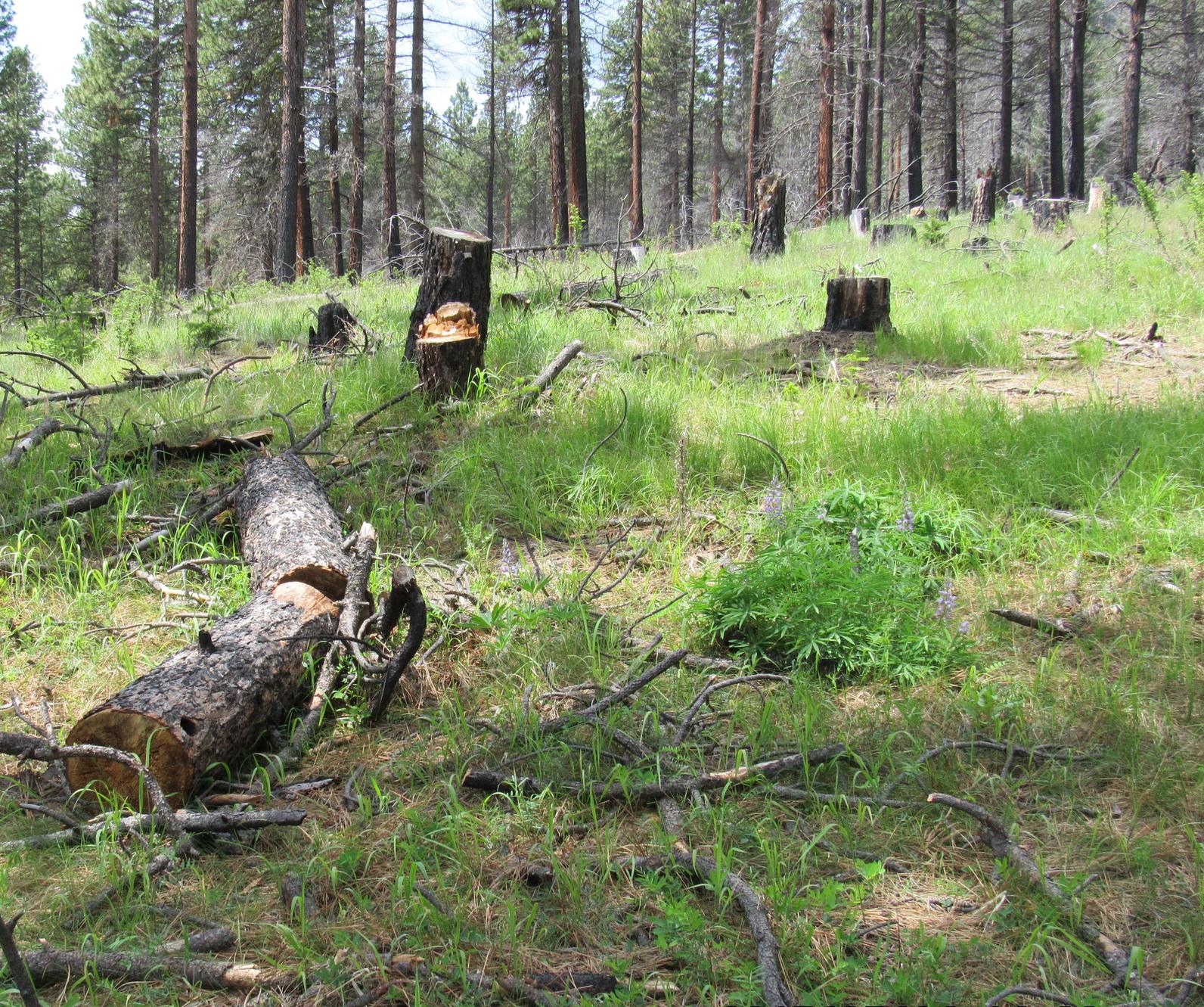
Grouse Population Monitoring
There's nothing like a Columbian sharp-tailed grouse display to usher in a Northwest birdwatcher spring! Spokane Audubon Society, in partnership with the Washington Department of Fish and Wildlife (WDFW) and the Spokane Office of the Bureau of Land Management (BLM), is seeking volunteers to experience this pleasure.
Volunteers assist with data collection on the status of Sharp-tailed Grouse and Greater Sage-Grouse in various locations in Douglas, Lincoln and Okanogan counties. Using WDFW protocols, data collection activities include lek monitoring and tracking newly released radio-marked birds. Lek monitoring occurs during March through May and volunteers may participate in one or more counts. Training is provided by project staff and volunteers.
Volunteers register and track hours with the Washington Department of Fish and Wildlife. Mileage reimbursement and per diem will be provided through an ALEA grant managed by the Spokane Audubon Society. Register at the WDFW CERVIS website: http://wdfw.wa.gov/about/volunteer/ and choose EVENTS: Lek Surveys and Other Grouse Recovery. For more information contact Kim Thorburn, Spokane Audubon Society.
This Grouse Recovery Project, overseen by the WDFW, is considered essential to the survival of sharp-tailed and sage-grouse in Washington. Both species are state listed and the sage-grouse is a federal candidate for listing. Habitat degradation and fragmentation are the main contributors to the dramatic population declines of the past several decades.
Marbled Murrelet Conservation
Audubon chapters in Washington are in a unique position to advocate for this diminutive seabird, and came together in 2013 to formally support habitat protection and encourage science-based conservation planning, policies and strategies that promote Marbled Murrelet conservation.
The Marbled Murrelet was listed by the Federal Government as a Threatened species in 1992 and listed by Washington State as Threatened in 1993. In 1997, Washington Department of Nature Resources (DNR) made commitments to protect Marbled Murrelet habitat in the State Trust Lands Habitat Conservation Plan (HCP), and since then have operated under an interim conservation strategy. Today, the DNR is working jointly with the US Fish and Wildlife Service (FWS) to develop a long-term Marbled Murrelet Conservation Strategy for the six Western Washington HCP Planning Units: Straits, Olympic Experimental State Forest, South Coast, Columbia, South Puget, and North Puget.
- Marbled Murrelet Long-Term Conservation Strategy interactive StoryMap
- Rare Bird: Pursuing the Mystery of the Marbled Murrelet - Part naturalist detective story and part environmental inquiry, by Maria Ruth
Kitsap Forest & Bay Project
The Kitsap Forest & Bay Project is a collaborative effort to conserve 6,700 acres of forest and shoreline owned by Pope Resources around Port Gamble Bay on the western shore of Washington's Puget Sound. The Kitsap Audubon Society is helping lead efforts by a coalition of community organizations, local tribes and county government to preserve nearly 6,700 acres of forest owned by Pope Resources. The Kitsap Forest and Bay coalition has already raised more than $4.6 million to purchase key blocks, and expects other acquisitions soon. Kitsap Audubon and chapter members have so far donated more than $25,000, plus countless volunteer hours, to this multi-year project.
Pigeon Guillemot Research Group
Sponsored by Whidbey Audubon Society and the Island County Marine Resources Committee, the Guillemot Research Group is an on-going study of Pigeon Guillemots, actively monitor approximately 1,000 Pigeon Guillemots that gather into colonies to breed on the island's seaside bluffs. The research project assesses the productivity of the Guillemots that join breeding colonies around the island.
Puget Sound Seabird Survey
The Puget Sound Seabird Survey (PSSS) is a citizen-science survey managed by Seattle Audubon that empowers volunteer birdwatchers to gather valuable data on wintering seabird populations in Puget Sound. Together, the PSSS team creates a snapshot of seabird density on more than 2,400 acres of nearshore saltwater habitat. It is the only land-based, multi-month survey in central or south Puget Sound.
Vaux's Swift Research
Led by Pilchuck Audubon Society, the Vaux’s Happening is an Audubon and community citizen science project attempting to locate the chimneys in Washington State and all along the Pacific Flyway that are used as group “communal” roosts, during migration. The project also looks to count how many birds are using which chimneys, and when.
- Save a chimney, save a swift, High Country News
- The Disappearing Habitats of the Vaux's Swift, Smithsonian Magazine
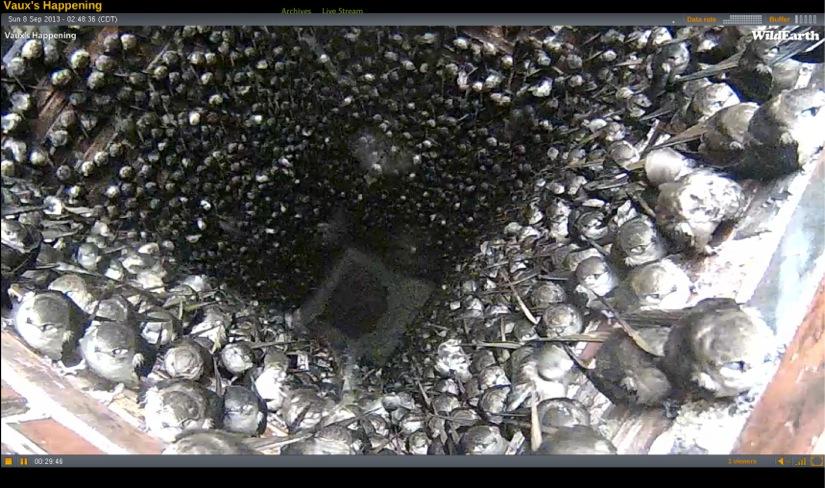
How you can help, right now
Be the Voice for Birds
Decision makers need to hear from you. Sign up for Audubon Washington's Action Alerts and you will have an opportunity to weigh in on proposals that impact birds.
Get Involved
Birds need YOU! Get involved in helping to preserve our birds and their habitats today. There is something for everyone!
Take Action on Climate Change
Does your decision maker know that climate change is number one threat to birds? Ask for their help to protect the birds, the places, and the planet we love.

